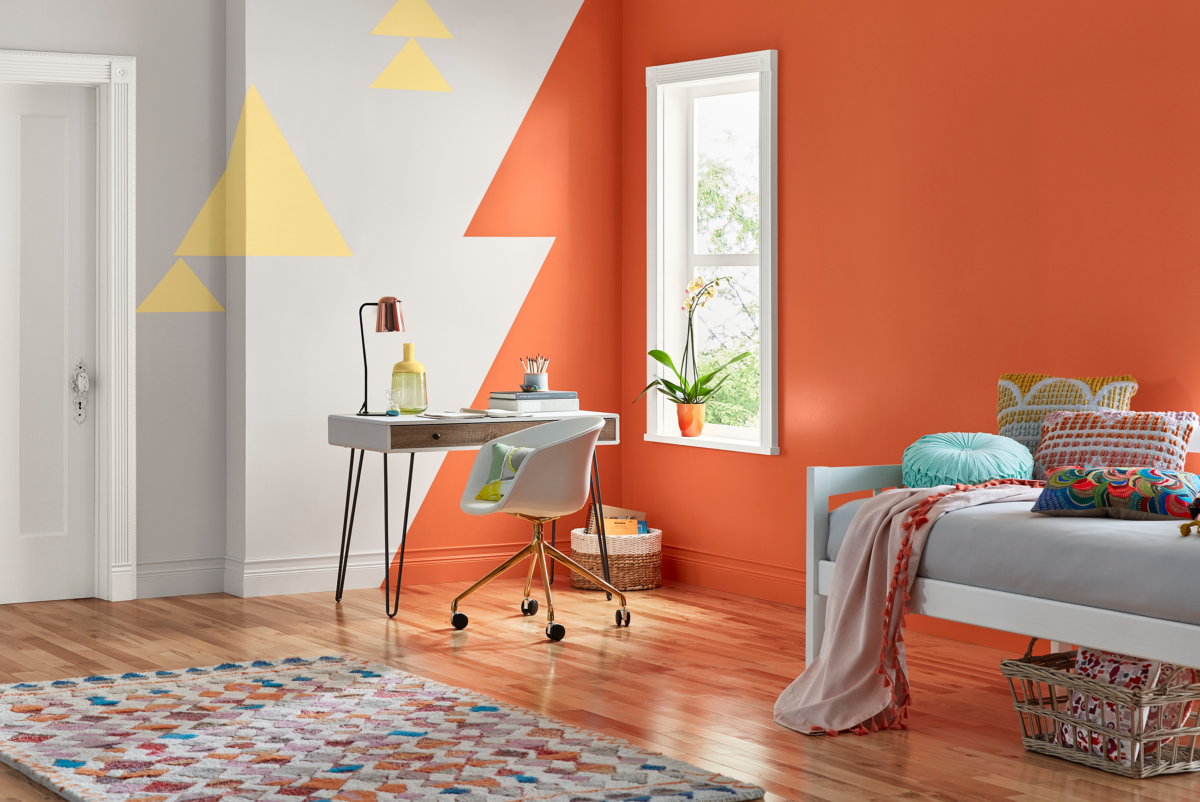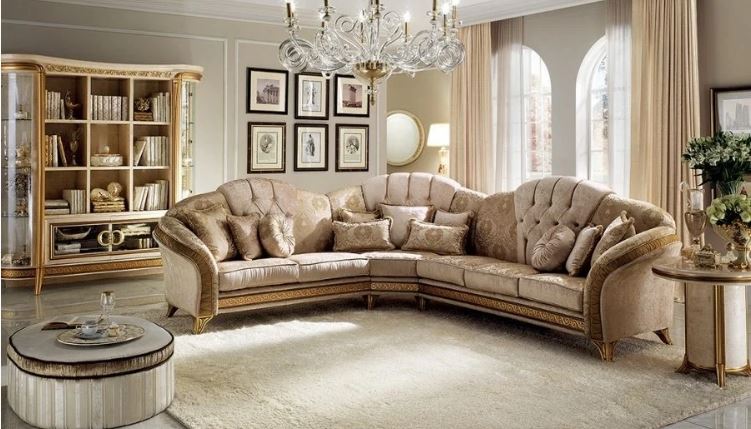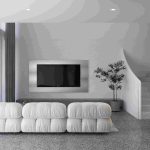
Interior design is an industry that allows designers to exercise their creativity. Nevertheless, sometimes, they will get lost because of it. Therefore, they have to start their work with the following seven elements, which assist them in staying consistently with design concept. Read on and learn to think like a pro!
1. Space
Space is a fundamental concept to understand because “space” cannot be changed. Did you know that there are three kinds of spaces? There is positive space, negative space and three-dimensional space (length, width, and height). Positive space means a space with objects; and negative space means an open or empty place including walkways. Depending on the objects to be placed in an area, it may make the place seem more or less spacious than it actually is. Interior designers always try to strike a balance between spaces and objects to make the area attractive.
2. Lines

Horizonal, vertical and dynamic lines bring creativity, structure and eye direction. Horizontal lines, such as tables, chairs…, give sense of stability, formality and efficiency. A place definitely looks wider, longer and easily attract the eye to a focal point once designers emphasize on it. Vertical lines are created by windows, doors and tall structures like bookcases that stimulate a feeling of freedom. It suites to use in dining rooms, entries and offices. Dynamic lines are diagonal, zigzag or curve lines like stairs. These lines are aimed at providing energy, movement as well as capturing longer attention. A good interior designer will balance these lines by selecting a key feature one, based on the client’s requests and what they want to transmit to their space.
3. Form
Form takes the shape of a room, along with furniture and decorative accessories. It is divided into geometric forms (like man-made furniture) and natural shape (such as plants). A balance between these evokes harmony of softness and strength for the place.
4. Light
Light is an integral part of all kinds of space. It may be daylight and artificial light. In interior design, designers usually make use of mirrors, windows and doors to allow daylight to flow into the room. On the other hand, artificial light is based on room functions. For example, task lighting can make office desks bright enough for working, or make living rooms visually comfortable. Choosing the right lighting will bring about the atmosphere you want for your space.
5. Colors

Colors influence mood and impact the feeling of how large or small a place is. When considering a color a for a space, interior design will think about a purpose of it. Following which they will determine how both natural and man-made lighting affect the chosen colors from day to night. Brighter colors make the space look spacious, whereas darker colors may bring depth and contrast.
6. Texture
Texture has two types: visual texture (in appearance only) and actual texture (seen and felt). This element can be omitted. However, when interior designers combine textures in a space, it means they add depth and interest to a place. Texture appears in every object chosen, so that it is the best way for careful consideration from the beginning.
7. Patterns

Just like lines, patterns, such as rug, artwork, wallpaper can make a room look classy and lively. Here is a good article on how to mix up patterns in a room.
While avoiding bad interior decisions for your new space is important, now you also understand how [there are also key elements] designers think when they work hard to create gorgeous designs for your dream home.










